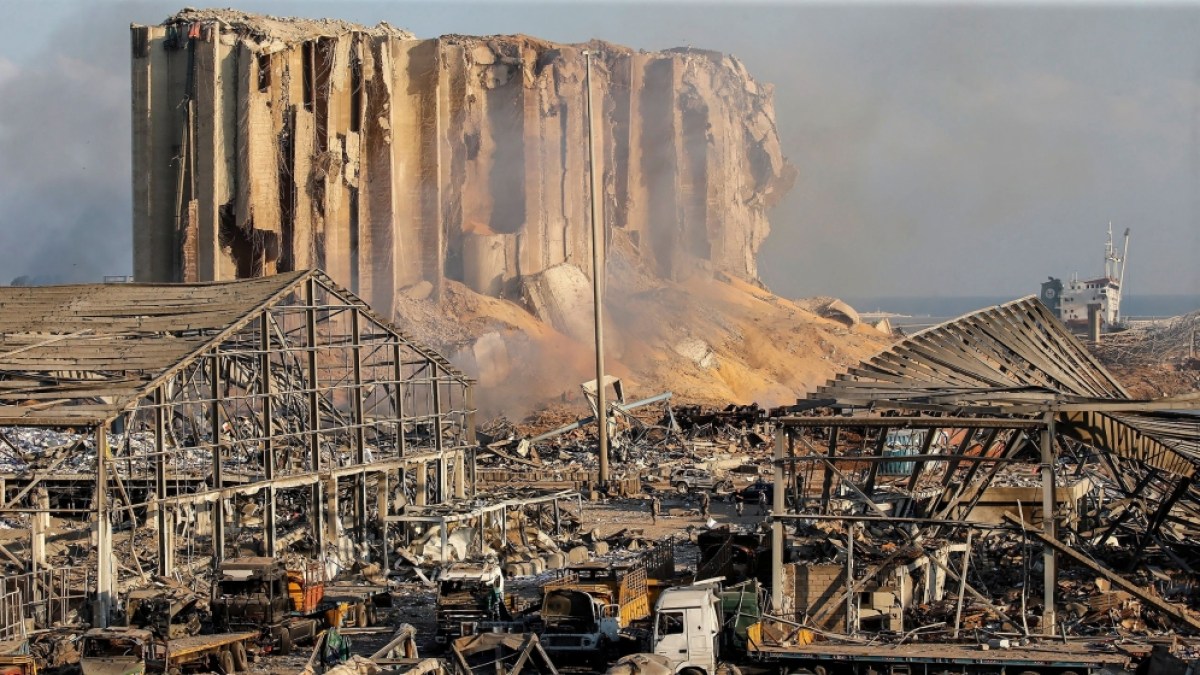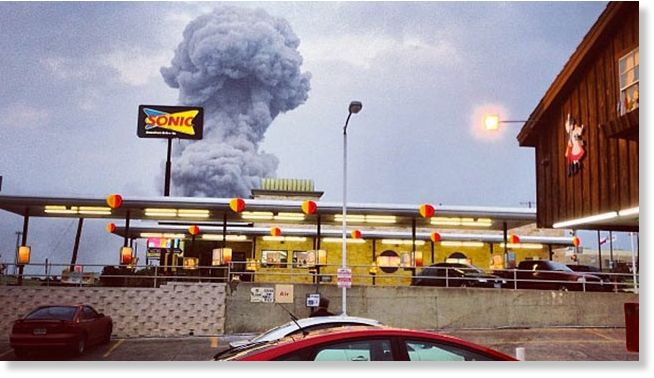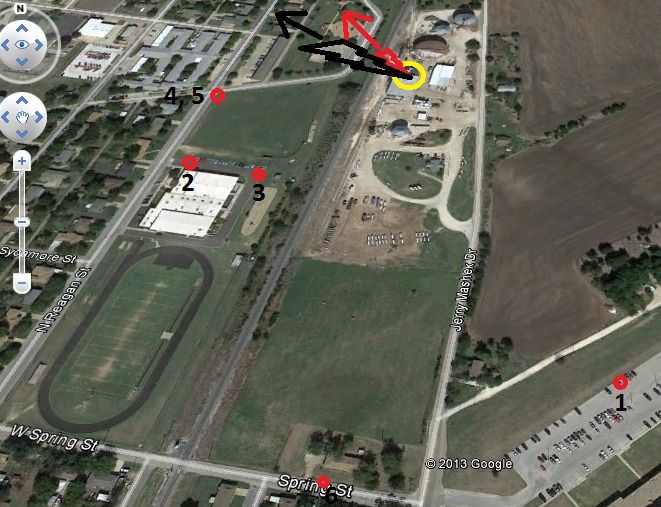ZIA
Padawan Learner
When we look at the images and the scale of these explosions, which are gigantic, we find it hard to think that it is only due to chemicals that are at the work of such a disaster!The same was noted in the lebanese president assasination in 2007. Bastian shared a link in the french section here.
An article by Thierry Messian talked about a special weapon. Since then, I imagine that weapon has been upgraded and more powerfull, or rather there are many models according to the aim.
It's in french, so here is a deepl translation from a passage:
[...] everyone at the crime site can see a deep, wide crater that an explosion on the surface cannot dig...
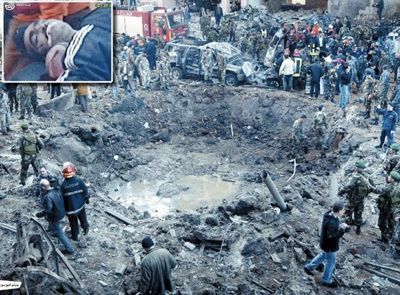
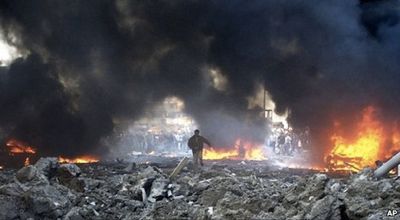
What strikes you when you look at the photos and videos taken just after the attack is the fire. Everywhere car bodies and objects of all kinds are burning. Then it's the bodies of the victims: charred on one side and intact on the other. This is very surprising and has nothing to do with what conventional explosives cause.
The theory of a mixture of RDX, PETN and TNT in the bomber's van does not explain this damage.
If you look closely at the photos of Rafiq Hariri's body, you will notice strange details: his rich solid gold watch has melted on his wrist, on the contrary, the refined fabric collar of his luxury shirt is intact around his neck.
So what happened?
The explosion released a blast of unusually intense heat of unusually short duration. Flesh exposed to the blast was instantly charred, while the back of the bodies was not burned.
High-density objects (such as the gold watch) absorbed this heat and were destroyed. On the contrary, low-density objects (such as the thin linen of a shirt collar) did not have time to absorb the heat and were therefore not touched.
The remains of Rafiq Hariri.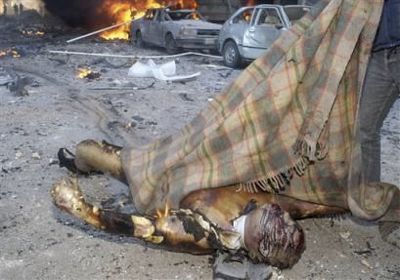
The videos also show that members of some of the bodies were severed by the explosion. Curiously, the cuts are clean, as if they were limestone statues. There are no prominent broken bones or torn flesh. That's because the explosion absorbed oxygen and dehydrated the bodies, which became brittle. Several witnesses, who were present near the attack, reported breathing problems in the hours that followed. The authorities wrongly interpreted this as the somatisation of a psychological trauma.
These findings are the b.a.-ba of any criminal investigation. It was necessary to start with that, but they are not included in the reports of the "professionals" to the Security Council.
When we asked military experts what explosives could cause this damage, they referred to a new type of weapon that has been researched for decades and reported on in scientific journals. By combining nuclear and nanotechnological knowledge, we can create an explosion whose power is precisely controlled. The weapon is programmed to destroy everything within a given perimeter, calculated to the nearest centimetre.
According to our military specialists, this weapon also causes other damage: it exerts strong pressure on the area of the explosion. When the explosion is stopped, the heaviest objects are thrown upwards. For example, cars have been blown up into the air.
One detail does not deceive: this weapon uses a nano quantity of enriched uranium, the radiation of which is measurable. One passenger in Rafiq Hariri's armoured car survived. Former minister Bassel Fleyhan was transported to a prestigious French military hospital for treatment. Doctors were astonished to find that he had come into contact with enriched uranium. No one has made any connection with the attack.
Technically, this weapon takes the form of a small missile a few tens of centimetres long. It must be fired from a drone. Indeed, several witnesses claimed to have heard an aircraft flying over the crime scene. That is why the investigators asked the United States and Israel, which have observation satellites in permanent position, to send them the pictures they have [...]
And as the Lebanese said to the TV news, why would they have stored such large quantities of chemicals that could commit such a disaster!
I hope that the truth will triumph one day over all these horrors...

